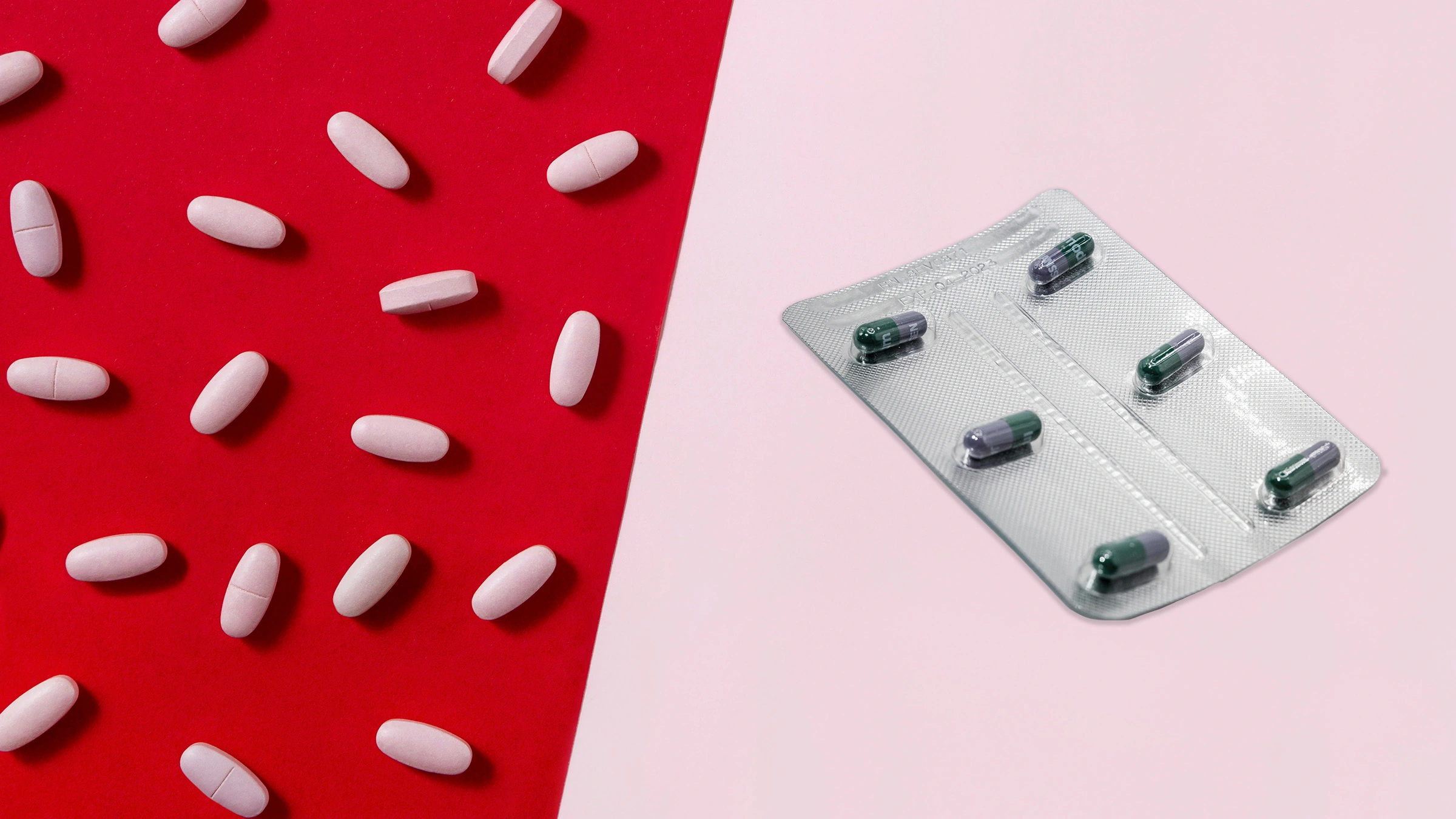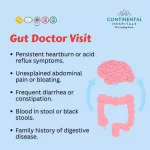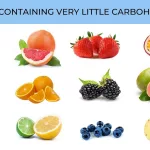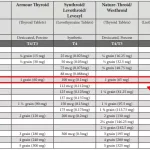
That Gut-Punch Feeling
It’s exhausting, isn’t it? That moment you realize last night’s “treat yourself” meal was really more of a trick. You know that feeling when your stomach won’t stop rumbling, and you’re basically living in the bathroom? Been there—actually, I practically have a punch card for the bathroom at this point.
Food poisoning can ruin any day (or, let’s be honest, a whole weekend). And when it hits, you’ll try just about anything to feel better—even those classic over-the-counter options: Imodium and Pepto-Bismol. But which one’s actually looking out for you greatest? And can you use both (or is that asking for trouble)? Grab your water bottle, settle somewhere comfy, and let’s talk gut survival.
Why Your Stomach Suddenly ‘Quits’
Wait… How Does Food Poisoning Even Happen?
Ever play Russian roulette with buffet food? Most of us have, whether we admit it or not. Food poisoning happens when your body comes face-to-face with some unwelcome guests—stuff like bacteria (hello, salmonella), viruses, or weird toxins hiding in undercooked eggs or sketchy street tacos. It’s like your gut is screaming, “Get this OUT—NOW!”
It can show up as quick as 30 minutes after eating or drag its grimy heels for a couple of weeks according to digestive health experts. Cramps, nausea, and you-know-what take over your day (and night). I once ignored sketchy potato salad at a family BBQ—regret kicked in before midnight. Five hours later, I was swearing off all mayonnaise forever (didn’t last, but that’s another story).
So… What’s the First Thing You Should Do?
Before rummaging for pills, think: Hydration. Your job is to replace lost fluids and electrolytes, especially if everything you eat or drink is making a surprise exit. Sip water, sports drinks, or oral rehydration solutions if you’re feeling wiped out. And if your mouth feels like the Sahara and your head is spinning, please—don’t try to tough it out. Hydration comes way before meds. Trust me on that one.
Imodium vs Pepto: Picking Sides
Imodium: Hitting “Pause” On Diarrhea
You’ve probably seen Imodium (that’s loperamide, if you’re feeling fancy) in every drugstore. And if you’ve ever just wanted the bathroom drama to END, you might have reached for it with hope (or desperation). Imodium works kind of like putting your digestive system in “slow motion” mode. It tells your gut to slow down, which helps your body absorb more fluid—goodbye, endless runs to the bathroom according to NIDDK guidance.
Imodium’s a lifesaver if you’ve got watery diarrhea from food poisoning (think non-bloody and no fever)—like after that not-so-sweet shrimp burrito. But here’s my friend-to-friend PSA: if your poop looks like something out of a horror movie (bloody or black) or you’ve got a high fever, skip the Imodium and seriously call your doctor. It can make infection worse by keeping the bad guys in.
Imodium’s Ups & Downs—Real Talk
| What It’s Great At | What To Watch For |
|---|---|
| Fast relief for diarrhea (non-bloody) | Can cause constipation; not for kids under 2 |
| Easy to take on-the-go | Don’t use with certain infections/severe symptoms |
One time during a group hiking trip, Imodium was basically our MVP (Most Valuable Pill). A buddy—who always trusts gas station sandwiches a little too much—caught food poisoning and was able to not just survive, but actually finish the hike. Magic? Maybe. But we were also on poop-watch duty… for everyone’s sake.
Pepto: Gentle Jack-Of-All-Trades?
Pepto-Bismol has a vibe: that pink, chalky magic that soothes everything from heartburn to that uneasy “uh-oh” feeling. It works by coating your stomach and intestine lining, fighting inflammation, and even handling some bacteria (pretty solid multitasker!). Bonus? It’s also clutch for nausea and indigestion as explained by Mayo Clinic studies.
Honestly, if you’re going through waves of stomach upset along with diarrhea—like after too-spicy street curry or “mystery seafood”—Pepto soothes more broadly than Imodium. I’ve grabbed it after food festivals more times than I can count—usually when my stomach’s both cramping and feeling a little “spinny.” It won’t shut down all symptoms instantly, but sometimes you just need a gentle fix while your body works through the chaos.
Pepto vs. Imodium Cheat Sheet
| Feature | Imodium | Pepto-Bismol |
|---|---|---|
| Main Target | Diarrhea | Diarrhea + nausea, cramps, indigestion |
| How Fast? | Usually within 1–2 hours | Better for mild or multiple symptoms |
| Kid-Friendly? | Over age 2 (with care) | Usually 12+ (ask doc for kids) |
| Common Side Effects | Constipation, dizziness | Black tongue/stool, rarely constipation |
But just so you know? If you’re allergic to aspirin (Pepto is related; who knew?) or taking certain antibiotics, skip the Pepto. Play it safe and always read the label. Or, as my mom says, “If you can’t pronounce it, double-check!”
Can You Mix Imodium & Pepto? (And When?)
Should You Ever Double Up?
This is one of those “everybody’s wondered but few people ask” kind of questions. You’re desperate—the Pepto’s cut some nausea but you’re still running to the bathroom. Is it okay to follow it with Imodium? Or… can you take imodium and pepto-bismol together at all?
The surprisingly chill answer: for most adults yes, but timing is everything. According to research on safe combinations, taking both Pepto and Imodium can be safe for tackling food poisoning (especially when you’re battling multiple symptoms). However, take Pepto first, wait about 30–60 minutes, and only then try Imodium if needed. This way you avoid doubling up side effects like constipation or tummy bloat.
Want more nitty-gritty details? There’s an awesome deep dive at can you take imodium and pepto-bismol together that spells out what to consider, including when to bail and call your doc. Sometimes you can be your own best ally—you just need the facts.
How Soon Can You Switch Between the Two?
You’ve tried Pepto and, meh, you’re still in bathroom lockdown. Or maybe Imodium helped, but the queasiness is next-level. So… how soon can you take imodium after taking pepto-bismol? The answer is still a friendly wait—it’s smart to give the first med at least half an hour to work its magic. Jumping in back-to-back can overwhelm your gut (or just make you feel weirdly plugged up and still sick… trust me, I learned that one the hard way after a sketchy dim sum place).
If your symptoms are severe or getting worse? Hit pause, put away the pill bottles, and check in with a health professional—sometimes more isn’t more, especially if your body’s throwing up a red flag.
Gut Check: When to DIY—and When to Get Help
Sometimes Rest Really Is the Best Recipe
Let’s be real—sometimes the quickest path back to normal life isn’t in the medicine cabinet. Start with the basics: rest, bland foods (the classic bananas-rice-applesauce-toast deal), and drink as much as you can manage. If you’re super active (who isn’t these days?), hydrate like you mean it—your stomach will thank you. And don’t rush back to spicy foods or that double-shot espresso… your gut wants a vacation right now.
I can’t count the number of times I’ve regretted ignoring “doctor’s orders” (a.k.a., my grandma’s advice). One time, powering through food poisoning during a work trip, I ended up so dizzy and weak that I nearly fainted at a client meeting. Let’s say the business suit plus cold sweat combo wasn’t my best look.
Red Flags? Here’s When to Ask for Backup!
Here’s when you should absolutely not try to tough it out solo:
- Bloody or tarry poop—nope, not normal.
- Fever spikes above 102°F.
- Vomiting nonstop for more than 24 hours.
- Dizzy even when lying down or can’t keep fluids down.
- Symptoms that hang on for over two days.
If anything here feels familiar, don’t walk—run (or ask someone to drive) to the doctor. Sometimes you need a pro to check for dehydration, or maybe to rule out something more serious. Listen to your gut, always. I learned that the hard way (see fainting episode above—I don’t recommend it).
Little Reminders (& Weird Lessons): The Aftermath
Let me wrap you up with some rapid-fire, real friend-style life lessons about Imodium vs Pepto for food poisoning:
- Hydration first, always.
- Imodium: use for quick diarrhea shutdown—just not if it’s bloody or feverish.
- Pepto: gentler, covers multiple symptoms; helpful for mild, all-over yuck.
- Combining them? Wait 30+ minutes and check real advice at can you take imodium and pepto-bismol together or how soon can you take imodium after taking pepto-bismol.
- If in doubt, let your doc break the tie. Your gut will thank you later.
Food poisoning is always a “never again” moment—until the next time. So, stock up on broth, make sure you’ve got return-to-normal snacks (toast, bananas), and keep both Imodium and Pepto in your medicine cabinet for emergencies. Laugh through the gross moments, learn the signs that matter, and don’t be afraid to get help when you need it.
Whew, that was a lot! But hey, next time your stomach pulls a fast one, you’ll know exactly who to call for backup. Got your own weird food poisoning story? Drop it in the comments—let’s learn and cringe together. Until then, happy (and safe) eating, friend.


















Leave a Reply
You must be logged in to post a comment.